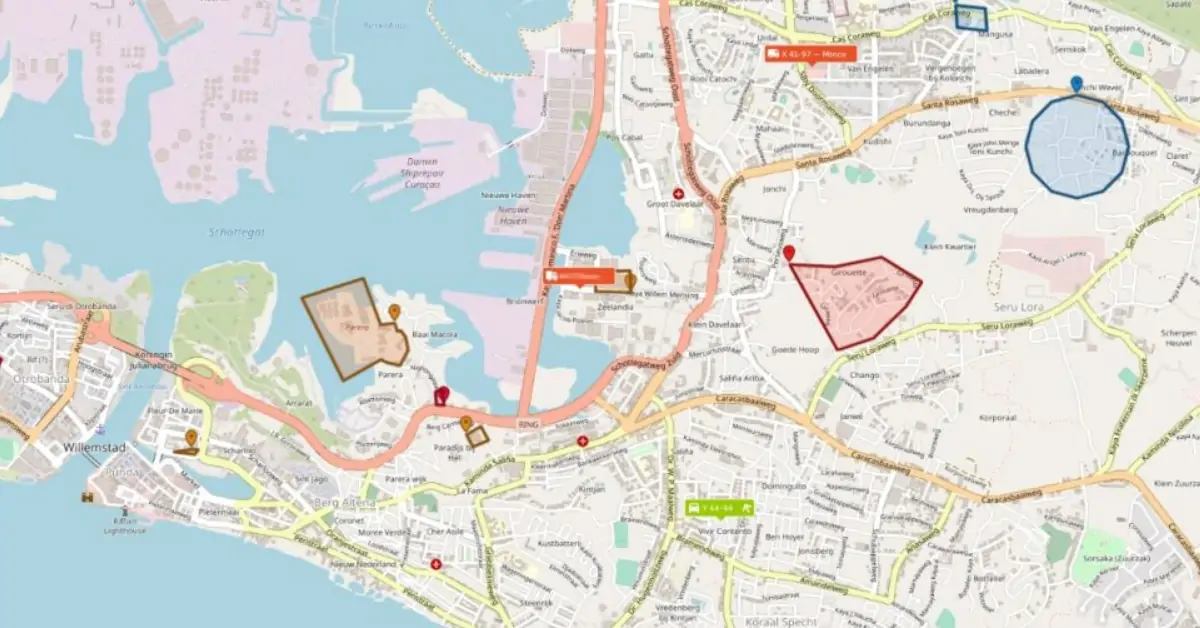Geofencing in B2B advertising involves setting up virtual boundaries or “fences” around specific geographic areas to target businesses within those locations with relevant advertisements. We work with you to define your target industries, geographies, or even a specific company you want to do business with. Then, we deliver branded materials to the devices of people inside that fence.
Once we have reached that interested consumer and they visit your website, we continue connecting with them using “retargeting” – basically, we deliver ads to them outside of that fence for 30 days.
Key Steps
- Define Your Target Area:
- Identify the specific locations or areas where your target B2B audience is likely to be present. This could include business districts, industry conferences, trade shows, or competitor locations.
- Set Up Geofences:
- Using third party software we have chosen, we create virtual boundaries around your target locations.
- Create Relevant Content:
- Develop advertisements and content that are tailored to the B2B audience within the geofenced area. Ensure that your messages are relevant, engaging, and provide value to the businesses you are targeting.
- Implement Tracking and Analytics:
- Incorporate tracking mechanisms to monitor the performance of your geofenced advertising campaign. Track metrics such as impressions, click-through rates, and conversions to evaluate the effectiveness of your efforts.
- Optimize and Adjust:
- Regularly analyze the performance data and make adjustments to your geofencing strategy as needed. This may involve refining your targeting criteria, adjusting the size of geofences, or modifying ad content based on the insights we gather.
- Comply with Privacy Regulations:
- We ensure that your geofencing activities comply with relevant privacy regulations and obtain the necessary permissions from users if required.
- Evaluate ROI:
- Assess the return on investment (ROI) of your geofencing campaign by comparing the costs of the campaign to the achieved results. This evaluation will help us determine the success of your B2B geofencing efforts and inform future strategies.
Conclusion
By effectively leveraging geofencing in B2B advertising, you can enhance the precision of your targeting, increase engagement, and improve the overall effectiveness of your marketing campaigns within specific geographic areas.
We don’t like to use geofencing as a standalone strategy as it delivers more of a “branding” opportunity. Once you are effectively branded, users will begin searching for you on social media and in search engines. Before we geofence, we want the other mechanisms in place.
Geofencing alone is not a strategy.

